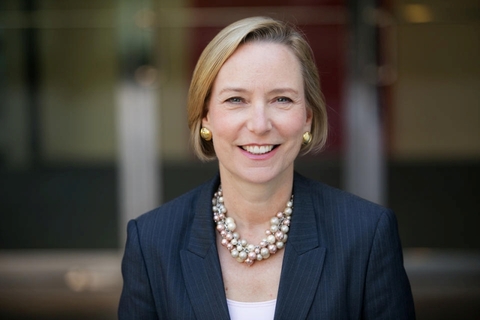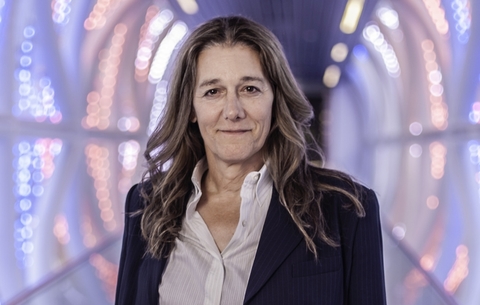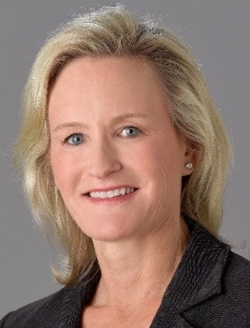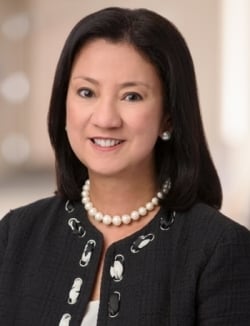Women and men almost equally shared all positions in the life sciences world, but women are not advancing in their biopharma careers at the same pace as men, according to a recent report by the Massachusetts Biotechnology Council and recruiting firm Liftstream. The wide gender gap higher up, though improved in recent years, persists: Women only hold a quarter of all C-suite level jobs, and less than 15% joined the board of directors.
When they do make it to the top, women are overall paid far less compared to many of their male counterparts. In our own roundup last year based on 2016 pay numbers, no woman biopharma executive landed on the top 15 highest-paid list.
In 2017, Johnson & Johnson’s Group Worldwide Chairman Sandra Peterson, with $17.18 million in compensation, was the top-paid female executive, according to a tally by Gen. That was on par with the $17.03 million Teva doled out to new CEO Kåre Schultz, who officially joined last November; but it was just over a third of the $47.46 million Regeneron paid its president and CEO, Leonard Schleifer, M.D. Ph.D.
One of the high-profile biopharma CEOs, GlaxoSmithKline’s Emma Walmsley, got about $6.53 million.
Here, we list the top 5 highest-paid female biopharma executives based on their 2017 compensation calculated by Gen.

1. Sandra Peterson
Group Worldwide Chair, Johnson & Johnson
2017 compensation: $17.18 million
Sandra Peterson is currently Johnson & Johnson’s Group Worldwide Chair, responsible for the company’ consumer and medical device businesses, which collectively generated more than $40 billion of the company’s total $76.45 billion revenue in 2017. She also oversees the drug giant’s global supply chain, quality, and technology operating infrastructure, global design and Health & Wellness Solutions. Before joining J&J in December 2012, Peterson was chairman and CEO of Bayer CropScience.
Last year, Peterson’s compensation amounted to a bit over $17 million, almost double her 2016 pay, but lower than pharma chief Joaquin Duato’s $19 million, even though Peterson’s businesses returned more revenues. In its proxy, J&J credited the $30 billion buyout of Actelion and beating all financial goals for the pharmaceutical unit for Duato’s pay jump. Peterson will retire from J&J in October, handing her current responsibilities to Duato.

2. Martine Rothblatt
CEO, United Therapeutics
2017 compensation: $16.48 million
Martine Rothblatt, Ph.D., hasn’t always been a biopharma exec. She was once a satellite regulatory attorney and co-founded Sirius Satellite Radio and WorldSpace. A few years after her youngest daughter Jenesis was diagnosed with pulmonary arterial hypertension (PAH), she used some of the fortune collected from Sirius’ IPO and founded United Therapeutics.
Rothblatt’s 2017 compensation was $16.48 million, up 6.8% compared to $15.42 million in 2016, but was more than half of what she earned in 2013 and 2014. Orenitram's surprising FDA approval late 2013 after two previous rejections vaulted Rothblatt to one of the top-paid biopharma executives. Besides Orenitram, United now has several marketed PAH products, including injection Remodulin, tablet Adcirca and inhalation solution Tyvaso. It also has Unituxin for pediatric patients with high-risk neuroblastoma.

3. Laura Schumacher
EVP of External Affairs, General Counsel, and Corporate Secretary, AbbVie
2017 compensation: $14.98 million
Trained at the law school of the University of Wisconsin-Madison, Laura Schumacher is responsible for AbbVie’s legal functions and externally facing matters. She has been with AbbVie and previously Abbott for almost 30 years now. She first joined Abbott in 1990 as an in-house attorney, and prior to the spinoff, she was executive vice president, general counsel and secretary, as well as head of ethics and compliance.
Schumacher was already the business development and external affairs head when AbbVie first reached, then in 2014 abandoned, its $55 billion acquisition of Shire, which is now in the process of a $62 million merger with Takeda. Schumacher nabbed nearly $15 million in 2017 compensation, an 82% increase from 2016.

4. Heather Bresch
CEO, Mylan
2017 compensation: $12.74 million
Daughter of former West Virginia governor and current U.S. Sen. Joe Manchin, D-W.Va. Heather Bresch has been with Mylan since starting in 1992 as a clerk, working her way up to the top job in 2012 and becoming the first biopharma woman to run a Fortune 500 company. She previously oversaw the integration of Mylan’s acquisition of India’s Matrix Laboratories and the generics business of Merck KGaA.
Bresch was also behind the wheels when Mylan and its pricing of EpiPen—which it took over as part of the Merck KGaA deal—was feeling the the heat of a public uproar over cost in 2016. She just recently said she used EpiPen to talk about the “broken” U.S. drug pricing culture and blamed a systemic failure for Mylan’s EpiPen price hike. Bresch once saw her compensation in the $20 million range, but for 2017, her $12.74 million pay was even less than the $13.78 million she got in 2016.

5. Maria Teresa Hilado
Former CFO, Allergan
2017 compensation: $10.76 million
Tessa Hilado announced her plan to retire as Allergan’s CFO last September and officially left in February. For 2017, she earned $10.76 million in total pay, a nearly eightfold jump compared to $1.26 million in 2016. Part of that package was a $2.5 million severance payment. In comparison, CCO Bill Meury got about $11 million, while CEO Brent Saunders nabbed $82.8 million.
Hilado came to Allergan in December 2014 with a clear mission. A seasoned finance executive with previous stints at PepsiCo, Schering-Plough and General Motors, Hilado oversaw the Actavis-Allergan merger and its subsequent $40.5 billion generics sale to Teva. When she announced her retirement, she pictured it as a planned step already laid out to Saunders, that she would stay three years “to help transform the finance organization, institute better systems and financial controls and improve the balance sheet.”